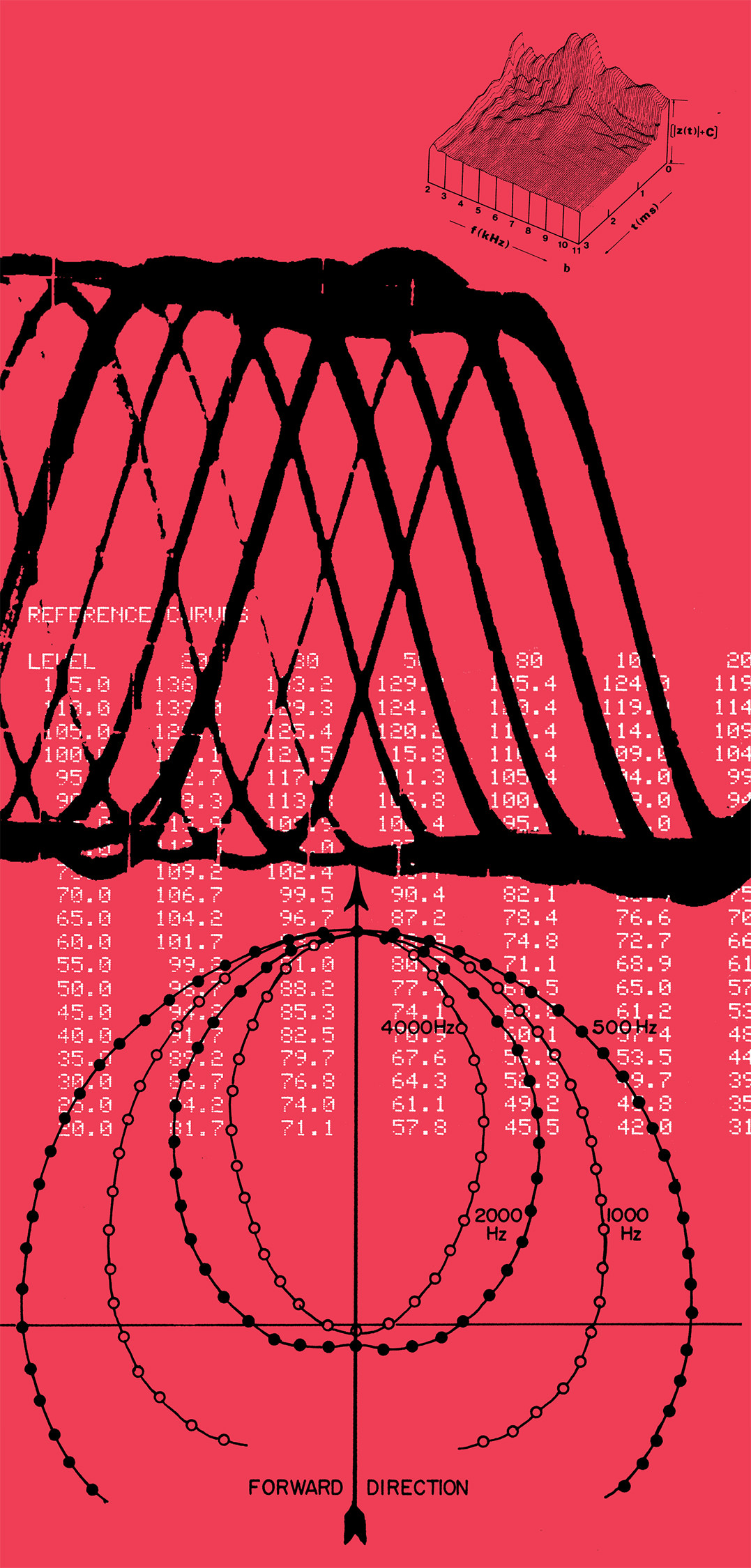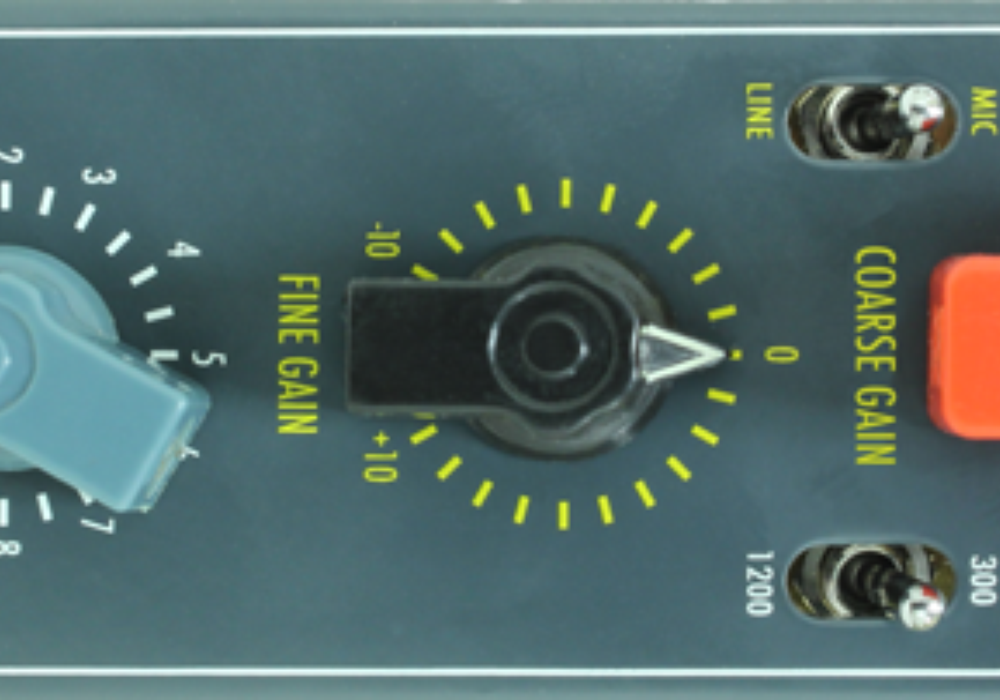Paul Edwards of Edwards Audio Research came to be a manufacturer the honest way. That is, he needed a good mic preamp for his vintage Altec 639A dynamic/ribbon mic, so he set about to build one with some help from several highly qualified audio engineers. He asked Bill Bruins to design the LE-10 preamp, and David Tosh was later asked to design the LE-10 circuit board. The LE-10 circuit employs Jensen transformers alongside EF86 and 12AX7 tubes — a time-tested recipe which can be found in various arrangements in many great preamps, including the venerable Telefunken V72 and Abbey Road REDD.47.
Both of the LE-10 preamp models sport a wood-like Formica front panel, which hosts the switches for phantom power, polarity, pad, and high-pass filter, as well as knobs for trim and gain, along with 1/4'' instrument inputs and large VU meters. The rear panel houses XLR input and output connectors as well as the vacuum tubes, which are covered by metal shields. Mounting the tubes on the outside of the chassis solves the problem of heat buildup inside a metal chassis, so this 2RU-height unit can safely be racked with other pieces of gear directly above and below it. The LE-10 uses an external line-lump power adapter and then steps up the voltage internally to power the tubes.
Spec-wise, the Edwards preamp design is very quiet, providing up to 64 dB gain and +24 dBu output. On the front panel, overall gain is adjusted with a variable 10 dB input trim, a separate gain pot, a −20 dB pad, and a +6 dB high/low gain switch. All these controls make proper gain setting a breeze, while maintaining flexible operation. I found the trim knob to be very useful for attenuating the input signal during loud passages and smoothly returning to my original settings during normal volumes. The high/low gain switch can be engaged to add 6 dB more tube gain by varying the negative feedback of the circuit, but in my use, the low setting provided enough amplification for almost all the sources I threw at it.
Sound-wise, the LE-10 presents sources solidly and clearly! The frequency response is extremely flat from 10 Hz – 50 kHz, and the transient response is excellent — not just for a tube preamp, but for any preamp. Sonically, it reminds me of the most well-mannered preamps out there. Its clarity, even tone, and punch remind me of the John Hardy M-1, Millennia Media HV-3, Avalon Design AD2022 [Tape Op #27], and new Tree Audio Roots preamps. Not many preamps, tube or solid state, can compete with the clarity, transient response, and extremely low harmonic distortion of the above list, but the Edwards preamp delivers. On a horn section recording, the LE-10 easily handled close mics and room mics during both extremely loud and very soft passages, and it delivered a clear, even tone at all gain settings. In fact, I never found a gain setting that sounded pushed or harmonically rounded off, which many tube preamps tend to do when overdriven. I would guess this clarity has to do with the transparent, low-ratio Jensen input transformer, clean tube-gain, and Jensen output transformer. This sound reminded me of the John Hardy M-1 the most, which also employs Jensen transformers and a similar gain structure (but realized with solid-state components). I would describe the LE-10's sound as well-balanced, clean, and in- your-face — but not hyped in any perceivable way.
I put both the LE-10 Mono and LE-10 Stereo to use recording grand piano, horns, vocals, and electric bass — with solid, well-balanced results. Vocals and piano sounded especially focused and clean, with all the harmonics evenly represented, and no strident ranges nor any harmonic smearing. On Fender bass, the DI input suited this bass very well, which speaks to the high input-impedance of the DI. The LE-10 produced an extended, clean, and solid low end, retaining the instrument's dynamics and punch throughout its entire range.
All in all, these Edwards preamps hold company with some of my favorite clean mic preamp designs. The controls allow for a wide range of gain settings, and the gentle high-pass filter provides a useful rumble filter so that the downstream compressor is not overworked on p-pops and other vocal plosives. Pricewise, the Edwards Audio Research LE-10 falls nicely in line with other products of the same caliber.





_disp_horizontal_bw.jpg)